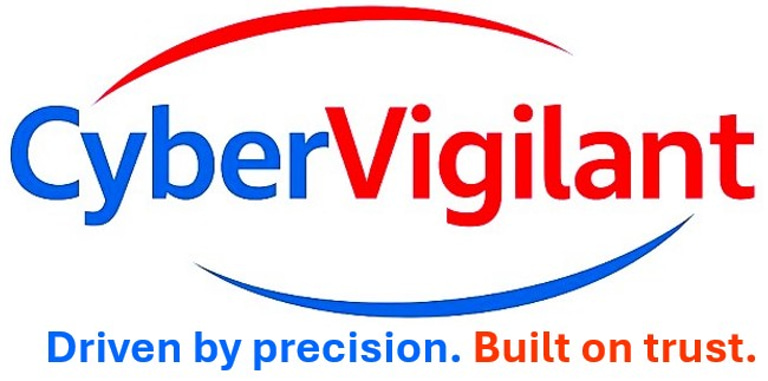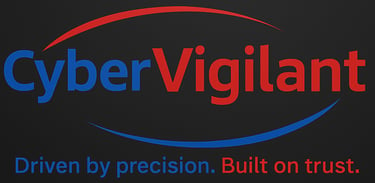We specialize in guiding organizations through the complex landscape of cybersecurity compliance.
☁️ Cloud-Based Products
ISO/IEC 27017 – Security controls for cloud services
ISO/IEC 27018 – Protection of personal data in the cloud
CSA STAR – Cloud Security Alliance’s certification framework
SOC 2 Type II – Trust principles for service organizations (SaaS)
FedRAMP – U.S. government cloud security standard
ENISA Cloud Security Framework – EU guidance for cloud providers
COBIT 2019 – Governance framework with cloud security extensions
PCI DSS Cloud Guidelines – For handling payment data in cloud environments
🆕 Emerging/Modern Standards:
OFDSS (Open Finance Data Security Standard) – Tailored for cloud-native fintechs
NIST Cybersecurity Framework v2.0 (2024) – Updated guidance for cloud and hybrid environments
❌ Outdated or Less Relevant:
NIST SP 800-144 – Now considered legacy; replaced by newer NIST cloud guidance
🏥 Medical & Healthcare Systems
HIPAA (Health Insurance Portability and Accountability Act) – U.S. regulation for protecting electronic health information (ePHI)
HITECH Act – Strengthens HIPAA with breach notification rules
ISO/IEC 27799 – Health informatics security management
GDPR (EU) – Applies to health data of EU citizens
NIST SP 800-66 Rev. 2 – Cybersecurity guide for HIPAA compliance
FDA Cybersecurity Guidelines – For medical devices
IEC 80001 – Risk management for IT networks incorporating medical devices
🆕 Modernization Focus:
Zero Trust Architecture – Strongly recommended for legacy healthcare systems
AI-driven OCR & Data Management – Used to modernize outdated systems
❌ Outdated Practices:
Legacy EHR platforms and paper-based workflows are now considered high-risk and non-compliant
💰 Finance & Banking
PCI DSS v4.0 (Payment Card Industry Data Security Standard) – For payment card data protection
ISO/IEC 27001 – Widely adopted for financial data security
GLBA (Gramm-Leach-Bliley Act) – U.S. financial privacy rule
SOX (Sarbanes-Oxley Act) – Internal controls for financial reporting
FISMA – Federal financial systems in the U.S.
NYDFS Cybersecurity Regulation (23 NYCRR 500) – New York financial institutions
MAS TRM (Singapore) – Technology risk management guidelines
CBEST (UK) – Threat intelligence-led penetration testing
GDPR (EU) – Applies to financial institutions handling EU data
Basel III – Includes operational risk management
🆕 Modern Standards:
OFDSS – Designed for cloud-native financial platforms
Next-Gen SIEMs – Recommended over legacy systems for real-time threat detection
❌ Outdated Tools:
Legacy SIEM platforms are no longer sufficient for modern financial threats
Older vendor systems with unsupported software pose major risks
🏭 Industrial & Critical Infrastructure
IEC 62443 – Cybersecurity for industrial automation and control systems
NIST SP 800-82 – Guide to ICS security
ISO/IEC 27019 – Information security for energy utilities
ENISA Guidelines – For critical infrastructure protection
NIS2 Directive (EU) – Covers essential and important entities across sectors
🧪 Research & Academia
ISO/IEC 27001 – For securing research data
GDPR – Especially relevant for personal data in studies
FERPA (U.S.) – Student data privacy
CUI (Controlled Unclassified Information) – U.S. federal research data
🌐 Routers, Gateways, IoT & Embedded Systems
IEC 62443 – Industrial and embedded system security
ISO/IEC 27030 – IoT security techniques
UL 2900 Series – Embedded software safety
OWASP IoT Top 10 – Common vulnerabilities and mitigation strategies. Relevant for vulnerabilities
🆕 Recent Guidance:
NIST IR 8425A (2024) – Updated router security recommendations
ETSI TS 103 928 – Cybersecurity for home gateways
Forescout “Rough Around the Edges” Report – Highlights outdated firmware risks in OT/IoT routers
❌ Outdated Firmware:
Many routers still run modified OpenWRT with known vulnerabilities
Default credentials and lack of binary protections are major concerns
🛒 E-Commerce & Retail
PCI DSS – For payment processing
ISO/IEC 27001 – General security framework
GDPR / CCPA – Data privacy regulations
SOC 2 – For SaaS-based retail platforms
OWASP Top 10 – Web application security best practices
🚘 Automotive Cybersecurity Standards
🧩 Core International Standards
ISO/SAE 21434 – Road Vehicles: Cybersecurity Engineering Defines processes for managing cybersecurity risks throughout the vehicle lifecycle—from design to decommissioning.
UNECE WP.29 – UN Regulations R155 & R156
R155: Cybersecurity Management System (CSMS)
R156: Software Update Management System (SUMS) Mandatory for type approval in many countries, including EU members.
ISO 26262 – Functional Safety for Road Vehicles Focuses on safety-related systems, often used alongside ISO/SAE 21434 for holistic risk management.
🌍 Regional & Supporting Frameworks
NIST Cybersecurity Framework (U.S.) Adapted by automotive OEMs for risk-based security controls.
Auto-ISAC Best Practices Industry-led guidance for threat intelligence sharing and secure development.
Car Connectivity Consortium (CCC) Develops standards for secure digital key and vehicle-to-device communication.
ENISA Cybersecurity Guidelines While not automotive-specific, ENISA’s principles apply to connected vehicle ecosystems in the EU.
China GB/T Standards National standards for automotive cybersecurity and data protection in Chinese markets.
🔧 Embedded & In-Vehicle Systems
IEC 62443 – Industrial cybersecurity, often applied to automotive control systems
UL 2900 Series – Security for embedded software in automotive components
OWASP Automotive Top 10 – Common vulnerabilities in vehicle systems


